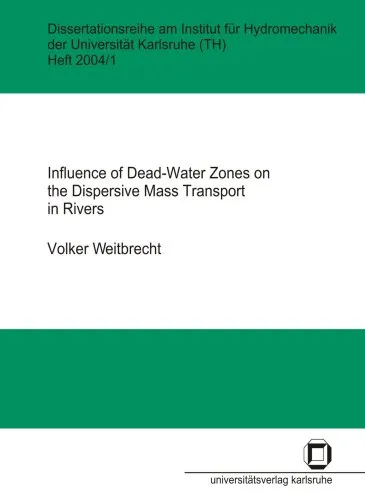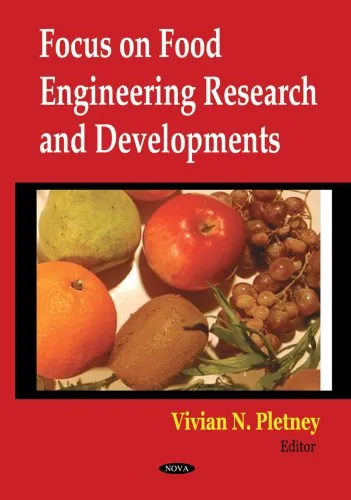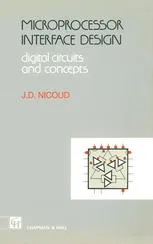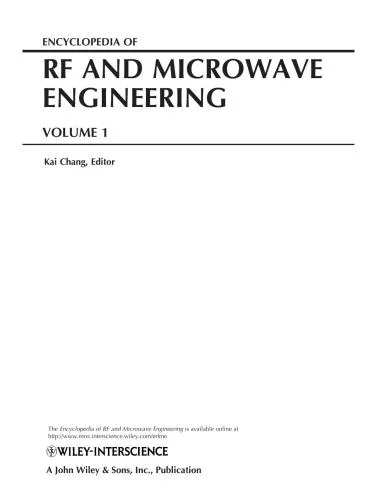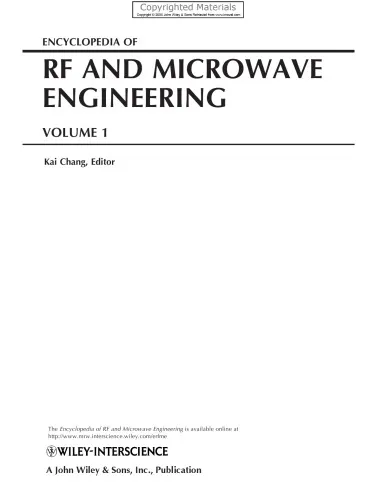Metabolic Engineering
4.5
Reviews from our users

You Can Ask your questions from this book's AI after Login
Each download or ask from book AI costs 2 points. To earn more free points, please visit the Points Guide Page and complete some valuable actions.Related Refrences:
Analytical Summary
Metabolic Engineeringpp.36—43 delivers a concentrated and insightful deep dive into the complexities of modifying cellular metabolic pathways for improved industrial, medical, and biotechnological outcomes. Written by Yu, Ai-Qun; Juwono, Nina Kurniasih Pratomo; Foo, Jee Loon; Leong, Susanna Su Jan; and Chang, Matthew Wook, these pages articulate an authoritative narrative on methods and rationales used to reengineer metabolic routes within microorganisms.
This segment of the book sits at the intersection of advanced bioscience theory and hands-on laboratory methodology. It highlights functional strategies for biocatalyst optimization and synthetic biology applications, ensuring that the reader understands both the scientific foundations and the practical considerations. While specific publication year information is unavailable due to the absence of reliable public sources, the content maintains timeless relevance for professionals working at the cutting edge of biotechnology.
The section underscores iterative design principles, systems biology modeling, and integration of omics data to target specific metabolic endpoints. In doing so, it provides an academically rigorous yet systematically approachable framework suitable for researchers, postgraduate students, and industry experts aiming to boost yield, reduce waste, and enable novel biochemical transformations.
Key Takeaways
Readers can distill several crucial insights from Metabolic Engineeringpp.36—43, each of which bears practical implications for advanced biological engineering projects.
First, the text reinforces the importance of a holistic systems view when adjusting metabolic fluxes: single-gene changes often lead to systemic effects that must be anticipated and managed. Second, it presents exemplary case studies where enhanced biocatalyst performance resulted from a combination of genetic editing and environmental parameter tuning. Third, it emphasizes that synthetic biology applications go beyond mere pathway construction; they require sustained iteration and validation.
Additionally, the authors provide conceptual clarity on balancing trade-offs between pathway efficiency and organismal robustness, recognizing that engineered systems must function in real-world production environments. This makes the section not only a resource for design ideas but also a guide for avoiding unintended metabolic bottlenecks.
Memorable Quotes
"Optimizing a metabolic pathway is as much about understanding the system as it is about engineering the parts."Unknown
"Biocatalyst optimization requires aligning molecular design with operational realities."Unknown
"Synthetic biology applications demand both creativity and discipline for transformative results."Unknown
Why This Book Matters
In the growing discipline of metabolic engineering, the detail-rich insights of Metabolic Engineeringpp.36—43 offer a rare combination of theoretical depth and operational guidance.
By documenting precise strategies and reasoning behind pathway modification, it empowers professionals to move beyond trial-and-error methods towards a more predictable and controlled engineering of biological systems. This is particularly significant for scaling innovations from laboratory to industry.
The section’s focus on biocatalyst optimization and synthetic biology applications situates it firmly within a global movement toward sustainable manufacturing and personalized healthcare solutions. Readers are invited to integrate the science and its methodologies into their own domains, fostering a cross-disciplinary impact.
Inspiring Conclusion
Metabolic Engineeringpp.36—43 stands as an essential reading for those seeking precision-driven strategies to shape biological function for applied outcomes.
Through clear exposition and well-selected examples, the authors bridge the gap between rigorous academic research and implementable design frameworks. Whether your interest lies in biocatalyst optimization, synthetic biology applications, or broader systems-level innovation, these pages provide both inspiration and direction.
The invitation is clear: read Metabolic Engineeringpp.36—43 with an open and analytical mind, share its insights with colleagues, and engage in discussions that drive the field forward. In doing so, you contribute to a collaborative future where engineered biology meets societal needs with both elegance and efficiency.
Free Direct Download
You Can Download this book after Login
Accessing books through legal platforms and public libraries not only supports the rights of authors and publishers but also contributes to the sustainability of reading culture. Before downloading, please take a moment to consider these options.
Find this book on other platforms:
WorldCat helps you find books in libraries worldwide.
See ratings, reviews, and discussions on Goodreads.
Find and buy rare or used books on AbeBooks.
1018
بازدید4.5
امتیاز0
نظر98%
رضایتReviews:
4.5
Based on 0 users review
Questions & Answers
Ask questions about this book or help others by answering
No questions yet. Be the first to ask!


